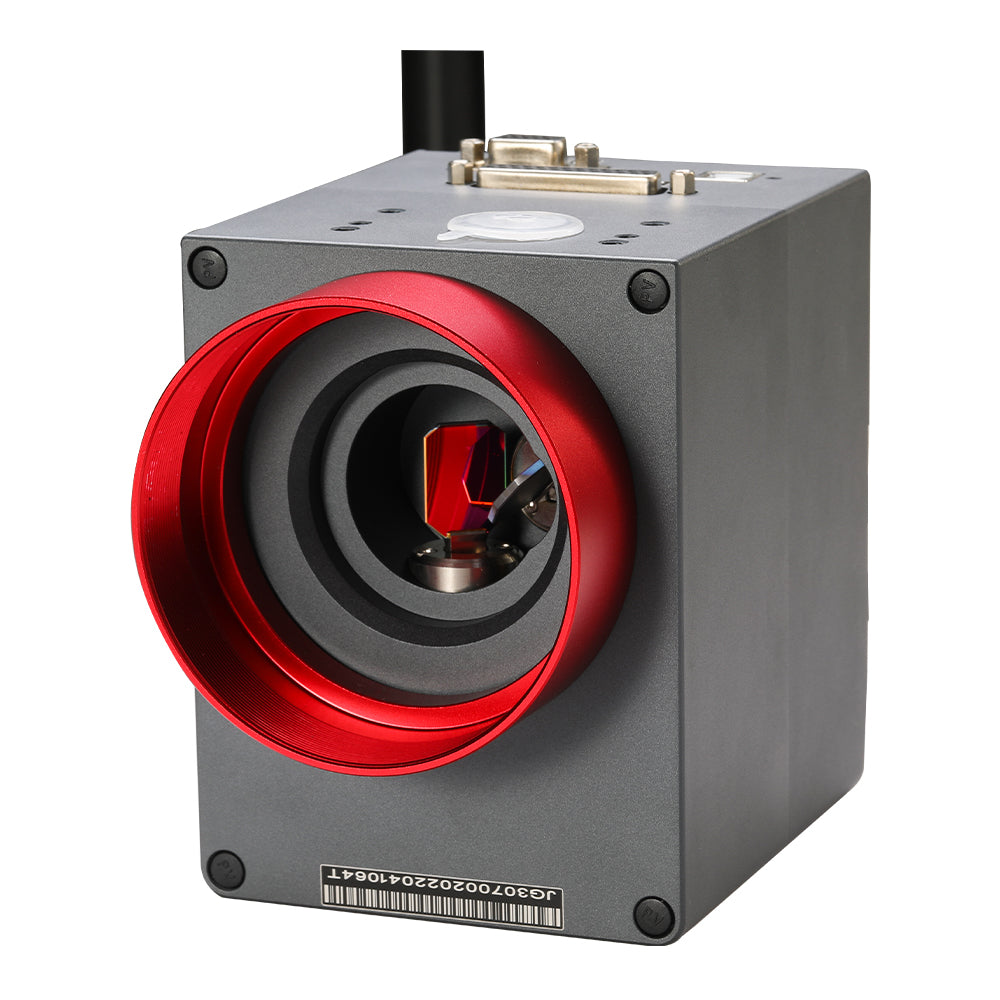Secret Applications of a Galvanometer Scanner in Numerous Scientific Study Area
Galvanometer scanners have ended up being important to numerous clinical research study fields, using improved accuracy in applications varying from biomedical imaging to ecological monitoring. Their capacity to facilitate high-resolution imaging techniques, such as confocal microscopy, plays a crucial role in advancing our understanding of cellular structures. Moreover, in product processing, these gadgets improve the precision of laser cutting and welding. As we explore the multifaceted applications of galvanometer scanners, it ends up being evident that their effect prolongs much past mere technological capacities, raising concerns regarding their future capacity in emerging research areas.
Biomedical Imaging

In confocal microscopy, galvanometer scanners facilitate the acquisition of photos with improved resolution and comparison, enabling researchers to visualize cellular components in vivo. The capacity to promptly record numerous focal planes enhances the three-dimensional reconstruction of tissues, offering critical understandings right into their architecture and function.

Moreover, the quick scanning abilities of galvanometer systems contribute to innovations in dynamic imaging applications, such as monitoring mobile feedbacks to stimulations. Galvanometer scanners are crucial tools in the area of biomedical imaging, advancing research study and clinical diagnostics with their accuracy and efficiency.
Material Processing
Precision in product handling is important for achieving premium lead to different industrial applications (galvanometer scanner). Galvanometer scanners play an important role in improving this accuracy by making it possible for rapid and precise activity control throughout the processing of products such as metals, porcelains, and polymers. These tools assist in techniques like laser welding, cutting, and engraving, which require finely-tuned modifications to ensure optimal end results
In laser cutting, for example, galvanometer scanners allow for intricate designs to be executed with high fidelity, minimizing waste and enhancing production performance. The rapid activity abilities enable fast changes in the laser light beam path, which is vital for maintaining regular reducing quality across differing material thicknesses. In laser welding applications, the accuracy supplied by galvanometer scanners makes sure strong joints with marginal thermal distortion, consequently enhancing architectural integrity.
Moreover, the versatility of galvanometer scanners to various laser types and wavelengths better broadens their utility in product processing. Their ability to operate in tandem with advanced software program for real-time monitoring and control adds an extra layer of refinement, allowing manufacturers to attain specific specifications customized to particular applications. Thus, galvanometer scanners are indispensable ahead of time the capacities of material processing innovations.
Optical Characterization
In the world of optical characterization, the role of galvanometer scanners ends up being significantly significant as they assist in the analysis of different optical homes with high precision. These gadgets enable exact control of laser light beams, allowing scientists to methodically penetrate products at numerous angles and frequencies. This ability is necessary for defining the refractive index, absorption coefficient, and spreading homes of diverse materials.
Galvanometer scanners are especially effective in techniques such as optical coherence tomography (OCT) and laser-induced fluorescence (LIF), where rapid scanning is important. By attaining high-speed modulation of the laser position, galvanometer scanners enhance the temporal resolution of these techniques, bring about improved imaging and evaluation. Furthermore, they make it possible for the expedition of intricate interactions between light and issue, which is crucial for recognizing material behaviors under different conditions.
In addition, the assimilation of galvanometer scanners with spectroscopic strategies increases their energy, permitting for comprehensive spectral evaluation throughout a vast array of wavelengths. This flexibility makes them vital devices in fields such as materials science, biomedical research study, and nanotechnology, where comprehensive optical characterization is vital for progressing understanding and advancement.

Laser Micromachining
The introduction of laser micromachining has changed producing procedures, making it possible for the development of intricate frameworks with exceptional precision. This method makes use of high-intensity laser beam of lights to precisely remove product from a substrate, making it possible to fabricate micro-scale elements that are important in different sectors. The application of galvanometer scanners in laser micromachining boosts the effectiveness and accuracy of this procedure by enabling quick and exact beam positioning.
Galvanometer scanners facilitate the vibrant control of laser light you could try here beams, allowing intricate patterns to be etched or cut with high fidelity. Their quick action times and high-resolution capabilities enable the control of laser pulses, which is important for accomplishing the preferred material buildings and surface finishes. This technology is specifically advantageous in industries such as electronics, where the miniaturization of parts is important for efficiency enhancement.
Furthermore, laser micromachining is significantly being utilized in the medical field for manufacturing precision tools and implants. The mix of laser modern technology and galvanometer scanning not only streamlines manufacturing process however additionally minimizes waste and boosts general material utilization, making it a sustainable choice for contemporary manufacturing difficulties.
Ecological Surveillance
Ecological surveillance has actually ended up being increasingly crucial in analyzing and taking care of the wellness of ecosystems and metropolitan atmospheres. The assimilation of galvanometer scanners in this area allows exact, fast, and effective information collection, facilitating much better decision-making processes. These scanners are adept at directing laser light beams or sensing units across various terrains, enabling for high-resolution mapping of environmental specifications such as air quality, dirt make-up, and water pollution.
In air high quality surveillance, galvanometer scanners can be employed to analyze particulate issue and aeriform contaminants, giving real-time data that educates public health efforts. For water high their website quality analyses, these scanners can aid in identifying pollutants and measuring physical specifications, thereby making sure compliance with ecological regulations. In addition, in remote noticing applications, galvanometer scanners improve the capacity of satellite and drone systems to capture thorough images and information of huge locations, determining anthropogenic influences and ecological adjustments.
The convenience and precision of galvanometer scanners make them important devices in ecological surveillance, contributing dramatically to sustainable development efforts and the defense of natural resources. As the need for efficient ecological monitoring expands, the function of these innovative tools will unquestionably increase additionally.
Final Thought
In summary, galvanometer scanners work as necessary devices across several clinical research study domain names. Their application in biomedical imaging improves the precision of methods vital for mobile visualization and diagnostics. In material processing, these scanners help with innovative laser cutting and welding procedures, making certain marginal distortion. Moreover, their function in environmental tracking emphasizes the value of exact data collection in addressing public wellness and eco-friendly obstacles. The adaptability and effectiveness of galvanometer scanners continue to drive innovations in these essential areas.
In laser welding applications, the accuracy used by galvanometer scanners ensures solid joints explanation with very little thermal distortion, thereby boosting structural stability.
Furthermore, the adaptability of galvanometer scanners to various laser types and wavelengths additionally broadens their energy in product processing. By achieving high-speed inflection of the laser position, galvanometer scanners boost the temporal resolution of these methods, leading to enhanced imaging and evaluation. The application of galvanometer scanners in laser micromachining improves the performance and accuracy of this process by enabling fast and accurate beam positioning.
Galvanometer scanners help with the vibrant control of laser light beams, making it possible for complex patterns to be engraved or cut with high integrity.